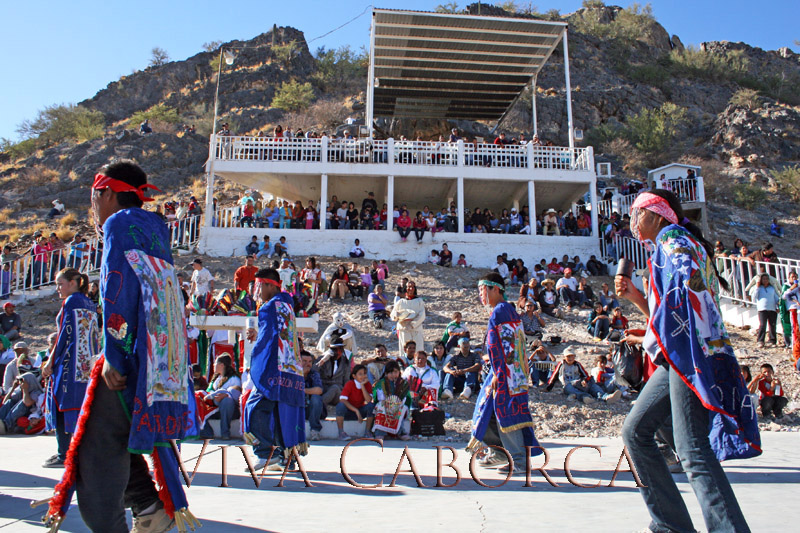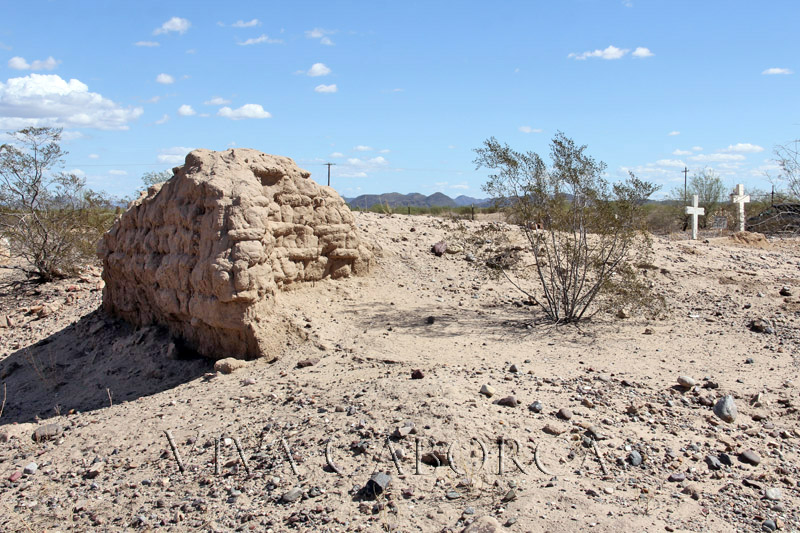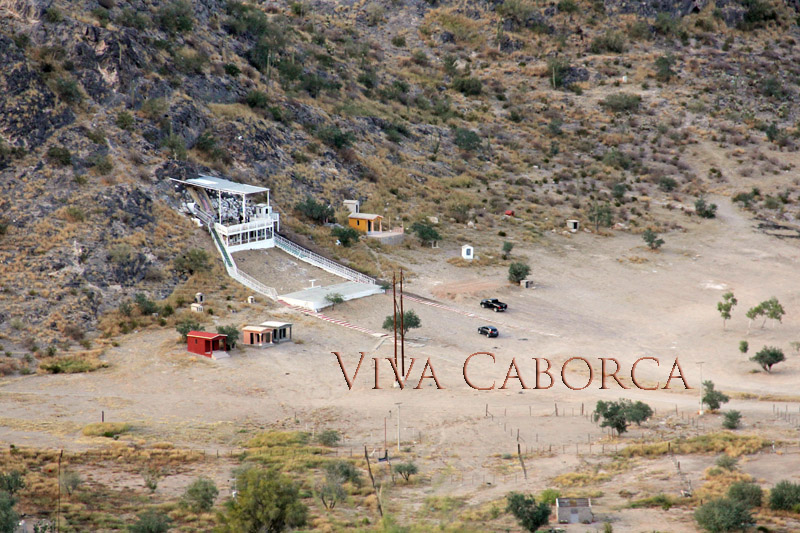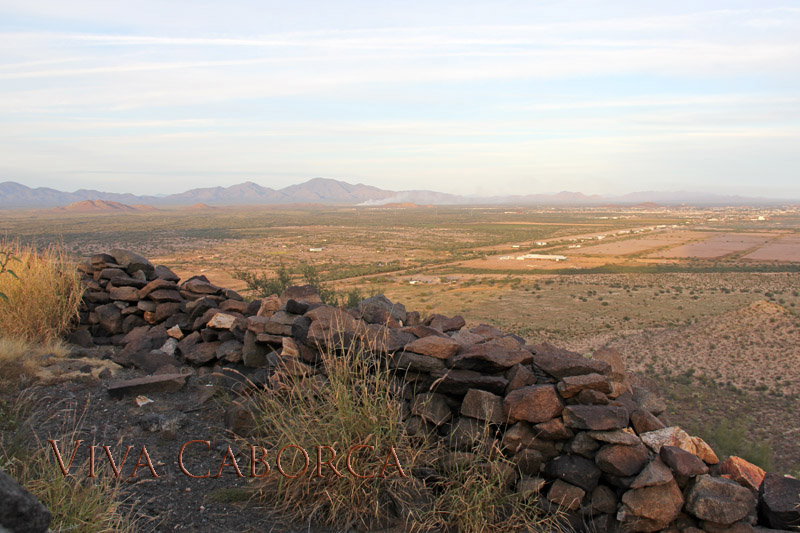
Performers from ejidos near Caborca perform pre-Hispanic dances during festivities to honor the Virgin of Guadalupe
Earlier this week thousands of people drove, walked and rode horses from Caborca to a site five miles west of the city, the location of a hillside shrine to the Virgin of Gualalupe, the patron saint of Mexico.
December 12 is the feast day for Our Lady of Guadalupe, and she is celebrated with adoration all over the country. At the Cerro de la Virgen shrine, religious services were held, favors were requested and blessings were given. And as the faithful climbed the steps to the shrine to light a candle and pray to the Virgin, vendors offered a variety of food, snacks and desserts, and dance troupes adorned in colorful costumes performed traditional pre-Hispanic dances to honor the beloved saint.
But the event represents more than a modern religious tradition and cultural gathering. Like Christmas, it is a continuation of year-end celebrations that have occurred for hundreds, even thousands, of years, originating with the winter solstice.
Anthropologists designate sites of cultural and religious gatherings using the term “ritual spaces.” And three ritual spaces located within just a few miles of each other near Caborca represent as many distinct eras in the history of the region, tied together by the evolution of culture and belief systems.
The oldest of the three ritual spaces is located just a few hundred meters south of the location where December 12 festivities were celebrated. It sits atop a hill where ancient residents of the area observed the position of the sun and gathered for rituals during the winter solstice. Read more about Observatory Hill at Rancho Puerto Blanco.
Ancient rituals at the time of the winter solstice began thousands of years ago. Groups of local ancient indigenous peoples would have a person designated as a sky watcher, to track the position of the sun during the year and identify such celestial events.
The solstice, which occurs on or around December 22, is the shortest day of the year. Its arrival signifies the beginning of gradually longer daytime hours, higher temperatures and springtime. It was a time to celebrate and ask for upcoming abundance. Over the centuries, ancient pre-Hispanic beliefs and rituals were combined with Western religion and cultural beliefs that were also celebrated during the same time of year.
The third ritual space, just two miles but centuries apart from the others, marks a period in time when those belief systems were coming together. The ruins of San Valentin del Bizani offer a rare glimpse into the original adobe missions established by Jesuit priest father Eusebio Francisco Kino. The land for this sacred place was originally blessed by Father Kino in 1694, and missions built there in 1706 and 1768. Read more about San Valentin del Bizani.
So the December 12 events at the Cerro de la Virgen to celebrate the nation’s patron saint represent more than just a festive religious gathering. They are modern-day rituals with ties to traditions that existed at and before the arrival of Europeans – and an ongoing evolution of the region’s culture and society.
[wp_social_sharing social_options='facebook,twitter,googleplus' facebook_text='Share on Facebook' twitter_text='Share on Twitter' googleplus_text='Share on Google+' icon_order='f,t,g' show_icons='0' before_button_text='' text_position='' social_image='']



